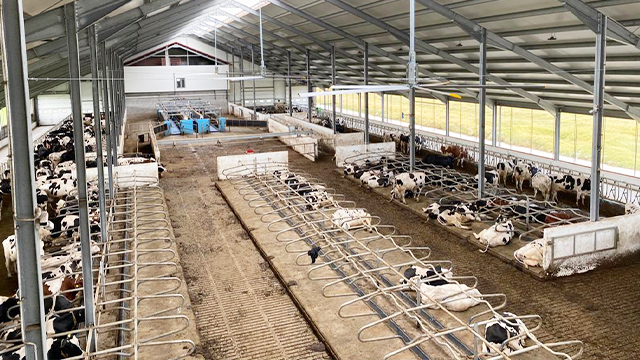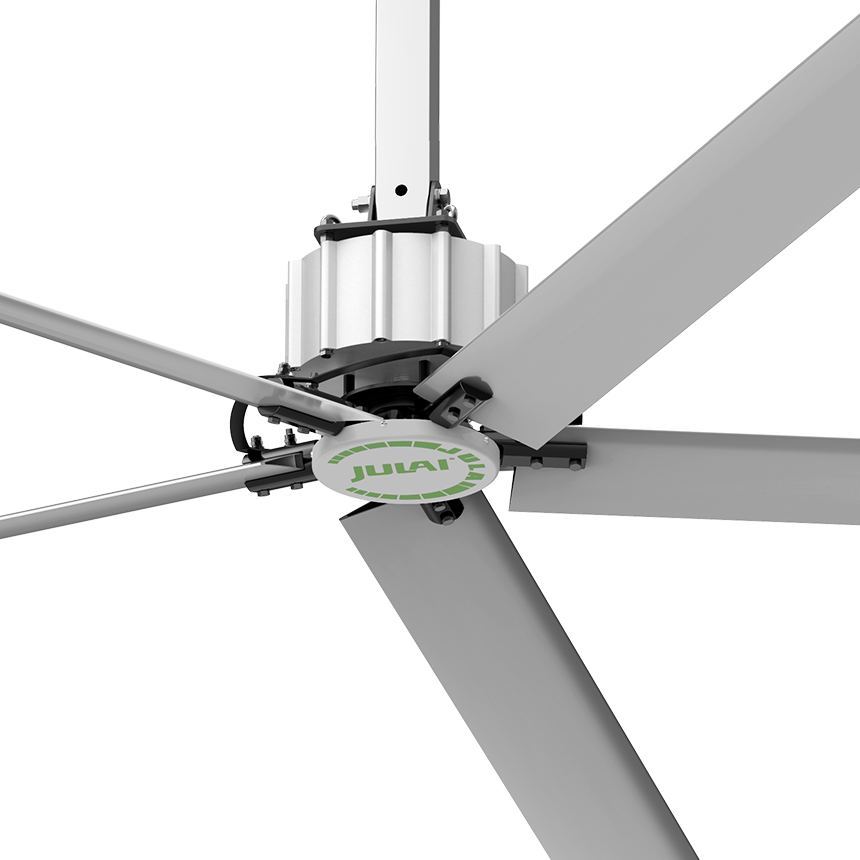Industrial ceiling fans in dairy farm
2024-11-20
|
Fans User:Dairy farm
Customer area:Inner Mongolia,china
Application products:7 sets of 7.3m/24ft KF series ceiling fans+20 sets negative pressure fans
Installation structure:I-beam structure
Background
The dairy farm is located in northern China, Inner Mongolia, where the sunshine is long throughout the year and the summer is particularly hot, requiring ventilation and cooling of the dairy farm.
Dilemma
①. The temperature in the dairy farm is often high, which is prone to heat stress and is not conducive to the growth and development of dairy cows;
②. The dairy farm is damp and closed all year round, and feces can be found everywhere, which easily attracts mosquitoes and bacteria; ③. The dairy farm is poorly ventilated, resulting in poor air quality and affecting production; ④. The dairy farm is an open space, and the cost of installing refrigeration and air conditioning is too high.
Effect
● The slow rotation of the industrial large ceiling fan forms a three-dimensional circulating airflow covering the space, achieving the purpose of lowering the temperature. The appropriate temperature can make livestock feel comfortable, increase appetite, accelerate growth and reproduction, and also provide a suitable production environment for crops;
● The industrial large ceiling fan pushes the airflow, delivers air from top to bottom in a three-dimensional manner, strengthens air circulation from all directions and angles, removes moisture, drives away mosquitoes, prevents the spread of germs, and prevents crops and animals from being infected; ● The air volume generated by the operation of the large ceiling fan drives the air flow, which can timely remove harmful gases such as ammonia, hydrogen sulfide, and carbon dioxide in the venue, improve air quality, improve the living environment, and reduce the incidence of dairy farm; ● An industrial ceiling fan consumes 1.5kw per hour and can be used alone. With a negative pressure fan, it can quickly balance the airflow, promote cooling and heating efficiency, and save up to 30% of energy consumption costs.
|
|
prev: none
next: none
next: none





